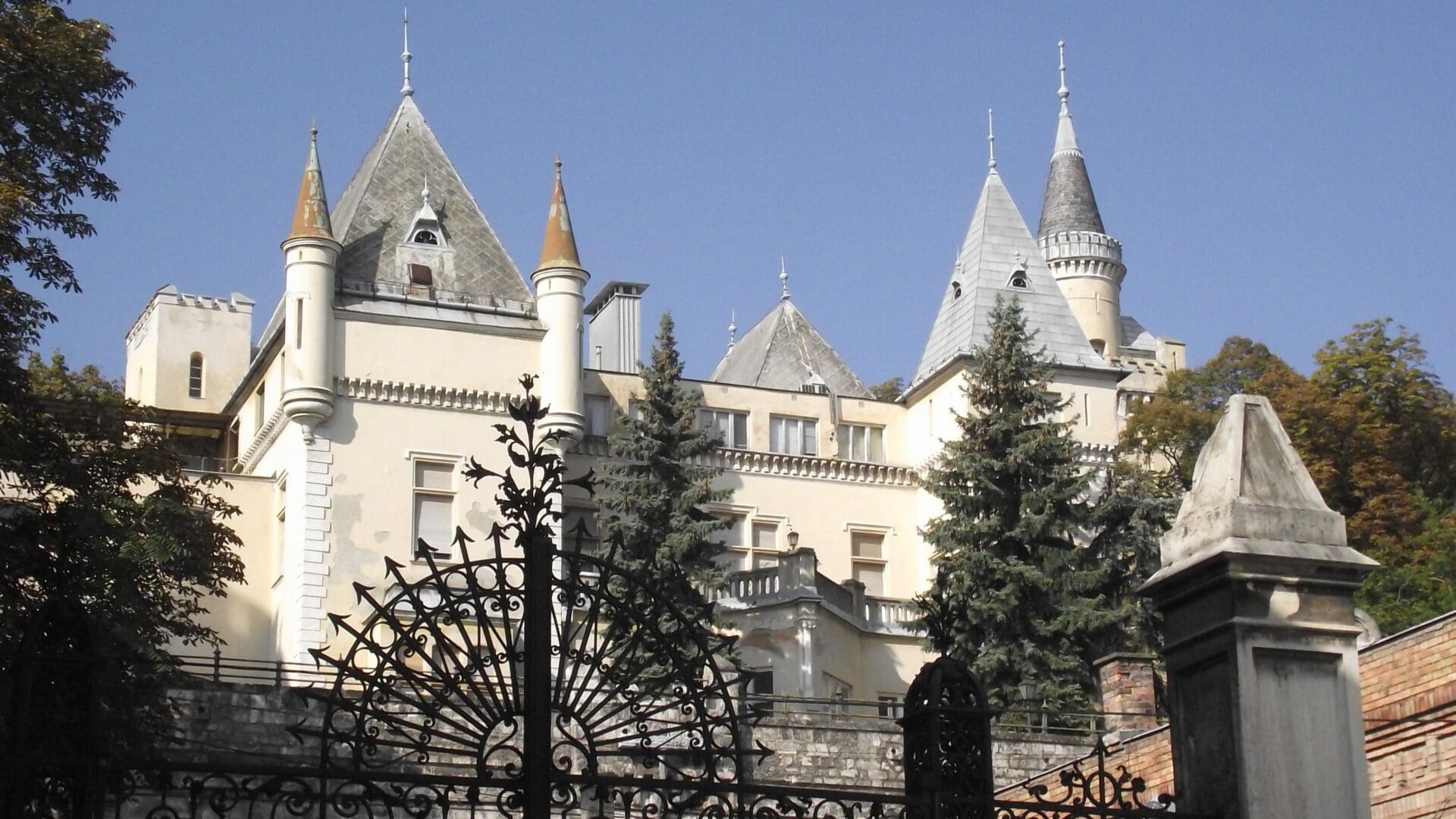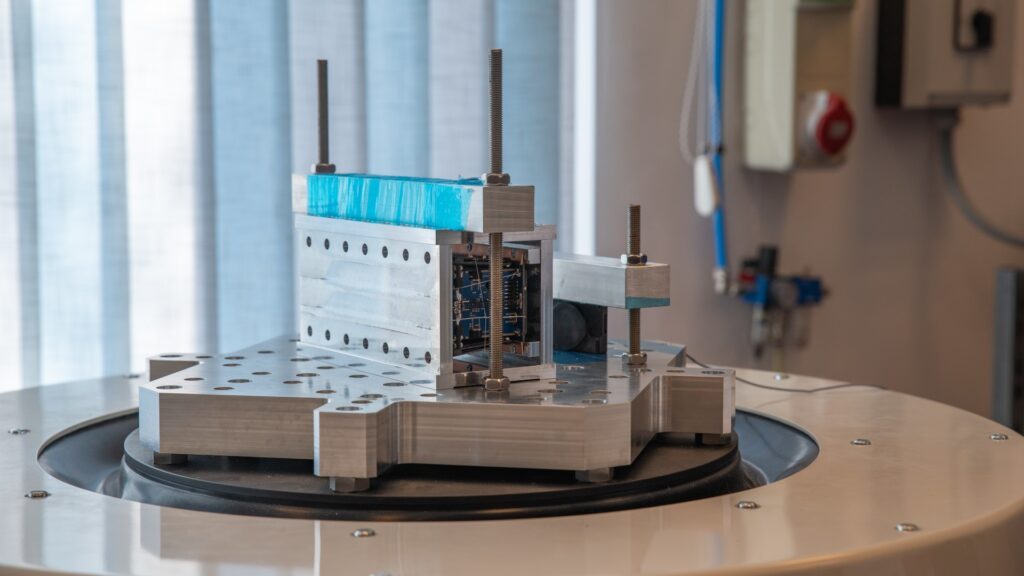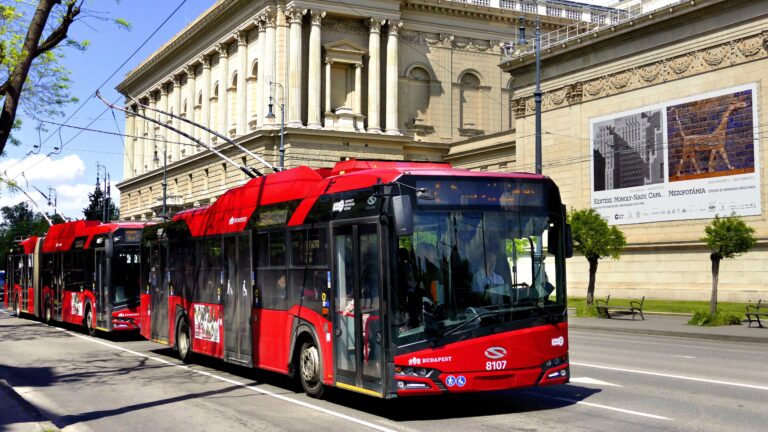If Scotch, whisky. If American, bourbon. If Serbian, rakija. But what is Hungary’s signature drink? Well, there is no one typical alcoholic beverage associated with the country, but several. Traditional Hungarian drinks range from the bittersweet Unicum and the fizzy fröccs to the Hungarian lager Dreher and the sparkling Törley. Some of the iconic brands were created by distinguished families, whose legacy lives on, even if the companies manufacturing the drinks they created do not necessarily belong to those dynasties any more.
The Wines of Hungary
When it comes to the most famed alcoholic beverages from Hungary, it is usually wines that come to mind first. The Tokaji Aszú is probably Hungary’s most famous wine. The world-famous Aszú is a sweet white dessert wine from the north-eastern part of the country. The crown jewel of Hungarian wine production is made from botrytized grapes that have shrivelled to a raisin-like state giving the wine a honey-gold colour and sweet texture. For the lovers of full-bodied red wine, Hungary has the Egri Bikavér or Bull’s Blood from Eger to offer. Legend holds that the drink was thought to be a source of strength and fortitude for the soldiers of the fortress of Eger in 1552 when they heroically defended the city as well as many Hungarian territories from Ottoman Turkish invaders. As the guards drank the wine, their moustaches and clothes became spotted with red dots, and the Muslim attackers believed that Hungarians were drinking bull’s blood and not alcohol, hence their inexplicable strength and courage—hence the name of the wine.
Hungary is not without its famous sparkling wine either. The Törley brand was established in 1882 by József Törley and soon he became one of the most successful sparkling wine producers on the European continent. Törley’s expertise came from years of working in the Champagne region of France, and when he returned homey, he established a distinct sparkling wine factory. The Törley sparkling wine is now widely associated with Hungary and the Törley brand became a Hungaricum in 216.
As the soda bottle was invented by Hungarian monk and scientist Ányos Jedlik, it is natural that the country has a wine spritzer, too. The so-called ‘fröccs’ has been and still is one of the most popular drinks of the summer months. Today, there are specialised bars dedicated to this summertime drink, mixing soda or even just mineral water with wine in very different proportions, reflecting the drinkers’ individual tastes and preferences.
The success of Hungarian wine and sparkling wine production was somewhat broken during the two world wars and the Communist era. Törley’s original factory, for instance, was bombed in 1944, and a couple of years later, with the consolidation of Communist rule in the country, most formerly successful private alcohol businesses were nationalised. Usually, the nationalisation marked a decrease in the produced alcohol’s quality, while due to trade restrictions, the international recognition of these drinks also dwindled. Since 1989, however, when the descendants of former owners or new entrepreneurs could restart the production of historic Hungarian wines and sparkling wines, the star of this industry is again on the rise.
Pálinka and Unicum
As Russia has vodka, and Balkan countries like Albania and Serbia have rakija, Hungary has pálinka. Pálinka is a fruit brandy, traditionally made from plums. However, many versions of pálinka exist, including ranging from pear to apricot and cherry pálinkas. While even today home-distilled pálinka is viewed with some romance, the standards of industrial pálinka production are heavily regulated. Only those drinks that are 100 per cent fruit distillates can be labelled pálinka, while the minimum alcohol content of pálinka is 37.5 per cent. While usually pálinka starts at 40 per cent alcohol content, the percentages can go up as high as 80 or 90. Of all the versions of pálinka that are available in Hungary, one of the most ancient recipes of gaining popularity again. The törkölypálinka (or Pomace pálinka) is produced by distillation from grape residues that are left over from winemaking. Given the country’s rich tradition of wine production, it was a natural choice for many winemakers to use pomace to make brandy.
Besides Pálinka, Unicum is also among the most well-known alcoholic drinks of Hungary. The bittersweet herbal alcoholic drink was first used as a medicine at the time of Emperor Joseph II. While pálinka is usually served before meals, Unicum is more commonly offered after a good meal as a digestif. Indeed, royal physician Dr Zwack designed the drink for Joseph in 1790 to cure the emperor’s bout of indigestion. When the monarch first tried the drink, he found it ‘unique’, allegedly exclaiming ‘Das ist ein Unicum!’— hence the name of the spirit. Today, Unicum is produced by a company owned again by the Zwack family. The blend’s recipe that comprises more than 40 herbs and spices aged in oak is the company’s secret. Today the family’s portfolio includes over 200 alcoholic drinks.
Most of these traditionally Hungarian alcoholic drinks are recognised as Hungaricums. The 2012 so-called Hungaricum Act established a list of Hungarian specialities that thanks to their Hungarian attribute and uniqueness are representative of the outstanding accomplishments of Hungarians The list of Hungaricums includes a wide range of Hungarian specialities, from sport techniques to musical instruments but also eatable and drinkable uniquely Hungarian specialities, too. The Törley sparkling wine, for instance, now widely associated with Hungary, became a Hungaricum in 216.
The Dreher Family and Hungarian Beer
Beer is the most commonly consumed alcoholic beverage in Hungary: the average weekly beer consumption of Hungarians was 2.6 litres in 2019. Hungary has a rich culture of domestically produced beers. One of the oldest and most renowned Hungarian brands is Dreher, first established by originally Austrian beer-maker and innovator Antal Dreher, who developed the bottom-fermented beer (Lagerbier). In 1962, he bought the brewery of the Kőbányai Serház Társaság, which at the time was struggling because of the Czech, Austrian and Bavarian competition. He also bought additional plots of land for expansion, but due to his premature death it was his son who made his dreams come true. Antal Dreher Jr. was only 14 years old when his father died, so he could only take over the management of the four Dreher breweries (Schwechat, Kőbánya, Trieste, Michelob) in 1870. He modernised the technology and expanded the capacity of his factories, and the Kőbánya facility soon became the largest brewery in Hungary. Of the three sons of Antal Dreher Jr., Jenő was entrusted with the management of the Kőbány factory, which became a joint-stock company in 1905, and then a Hungarian company independent of the parent company in 1907. Dreher soon became a world-renowned brand known in Western Europe, America, Asia, Africa and Australia.)
Until very recently, in the Hungarian drinking culture it was strictly prohibited to toast with beer. This taboo had its roots in the period following the defeat of the 1848–49 revolution and freedom fight. In 1849, 13 generals of the independence war were famously executed in Arad, today located in Romania. Celebrating the victory over the Hungarians and the death of the rebels, the Austrian army had a feast and its generals allegedly toasted with beer, clinking their glasses. Legend holds that after this event, Hungarians vowed not to toast with beer for the coming 150 years. It is unclear why the prohibition was supposed to last only for 150 years, but some believe that Hungarians at the time believed that as Ottoman rule was shaken off after 150 years, the country would be free of Austrian oppression in 150 years, too, and once the country is independent again, clinking with beer glasses should be again culturally allowed. While more than 150 years have passed since the execution of the martyrs of Arad, most Hungarians still refuse to toast with beer.







